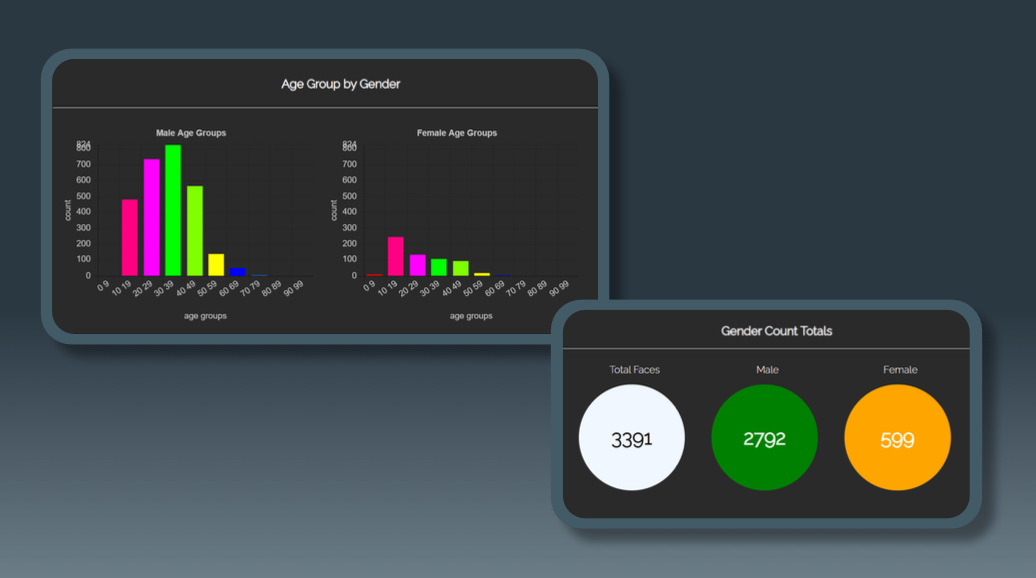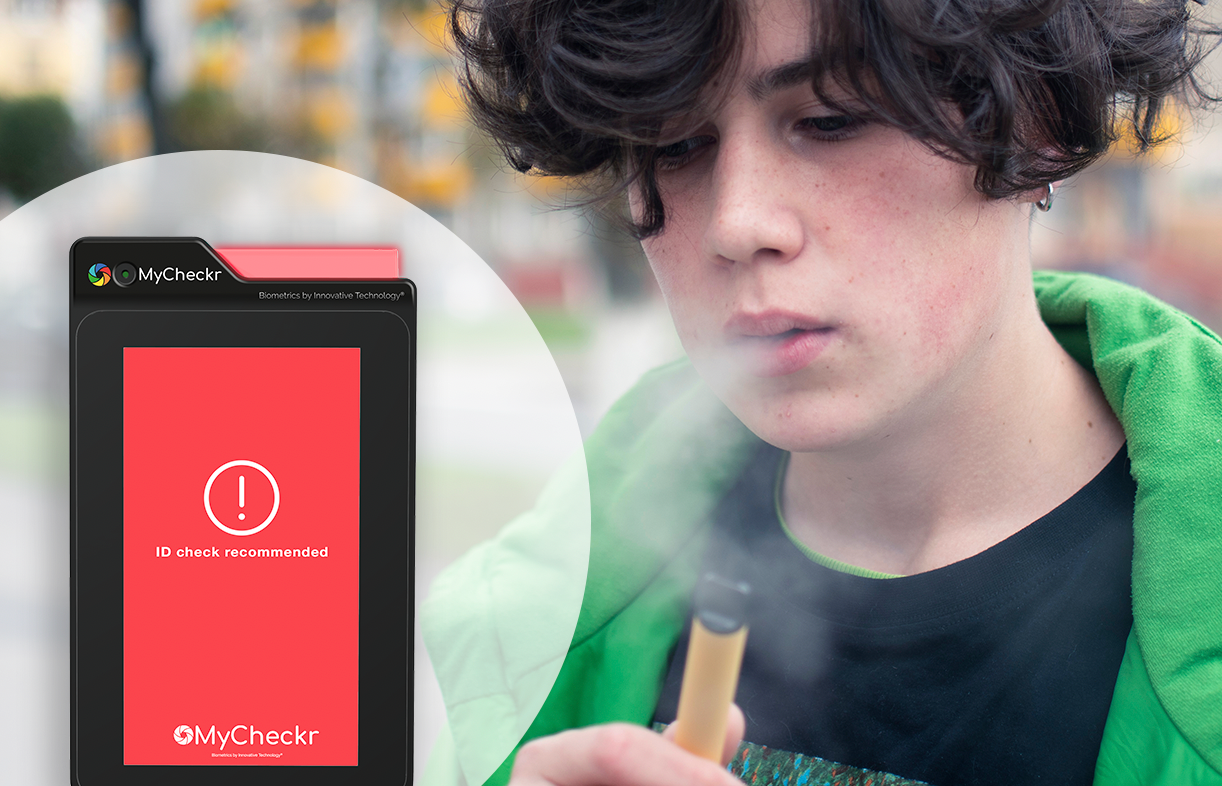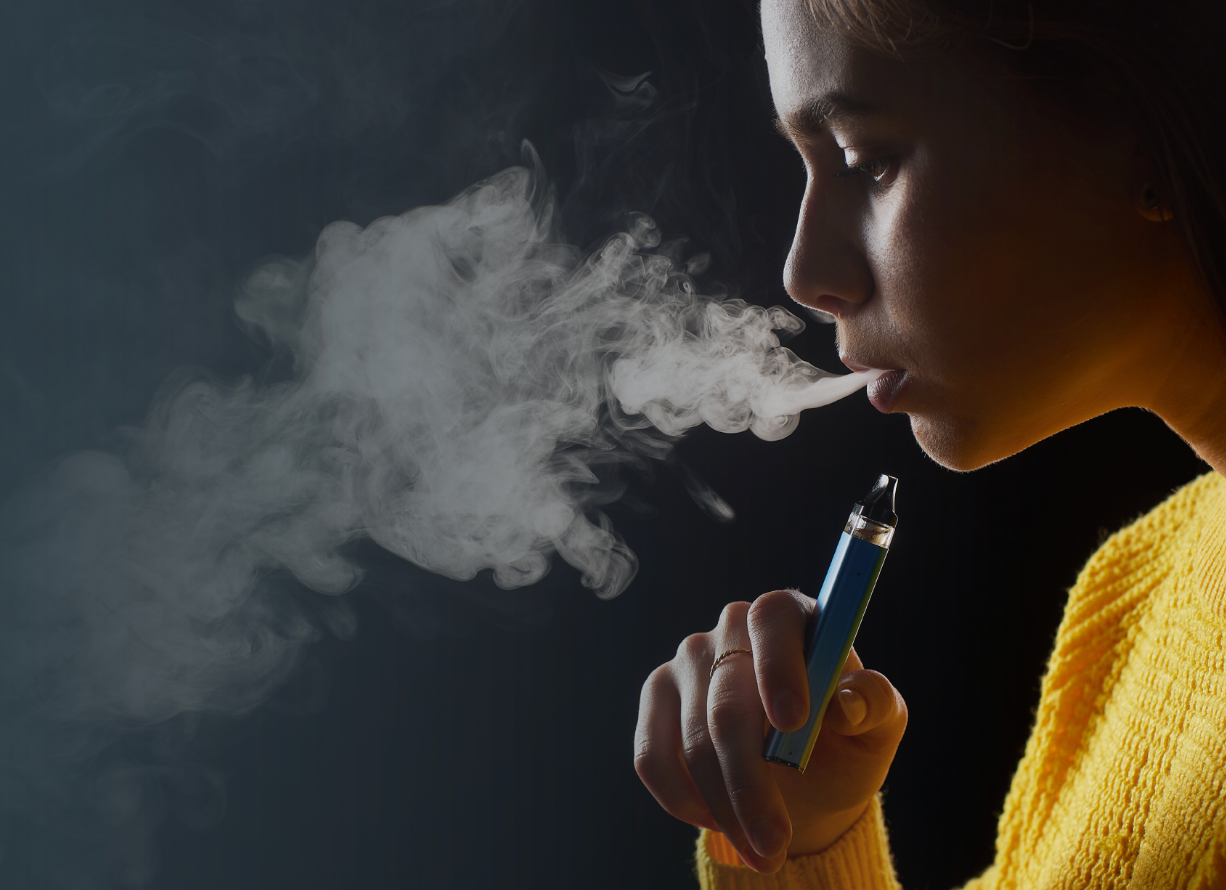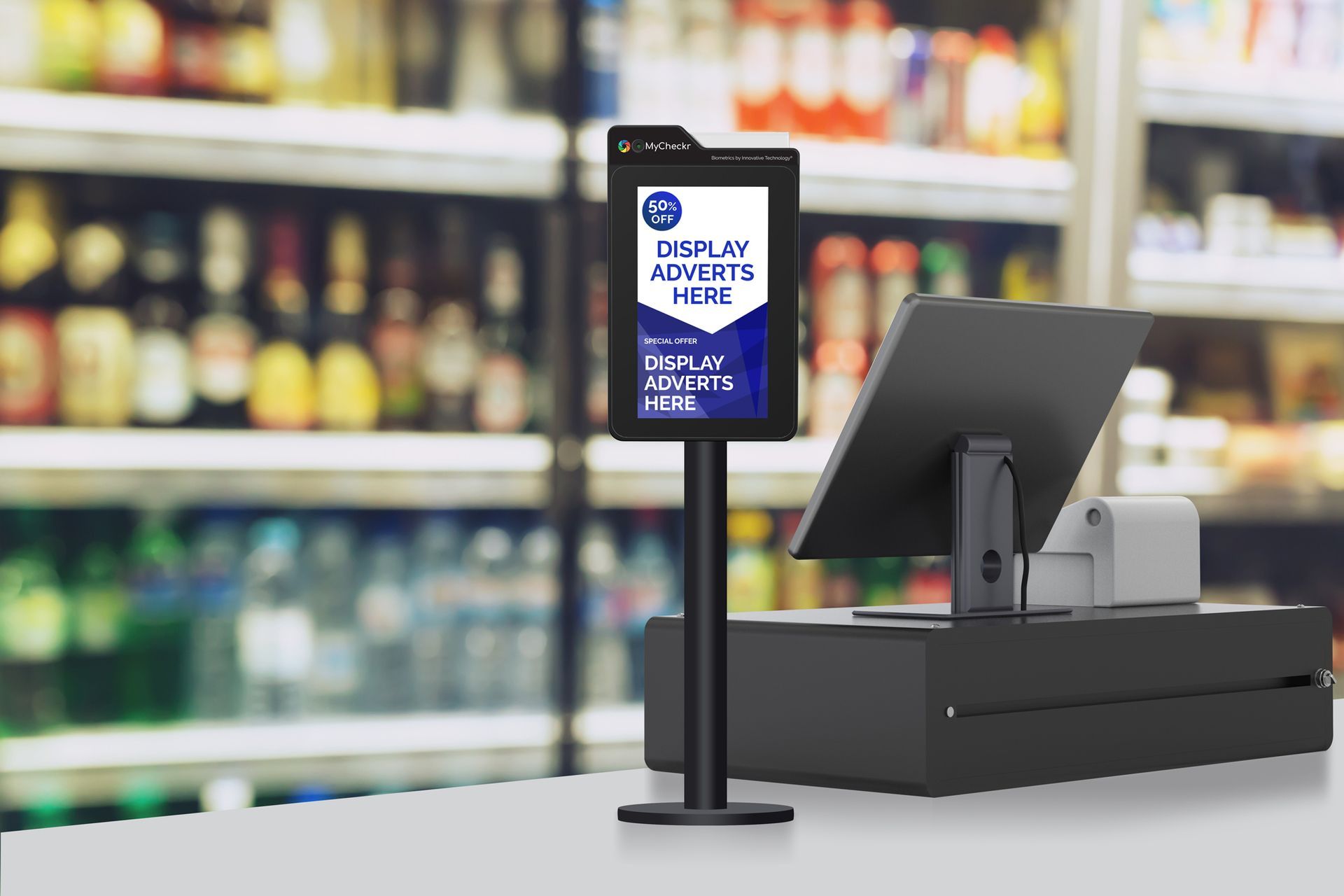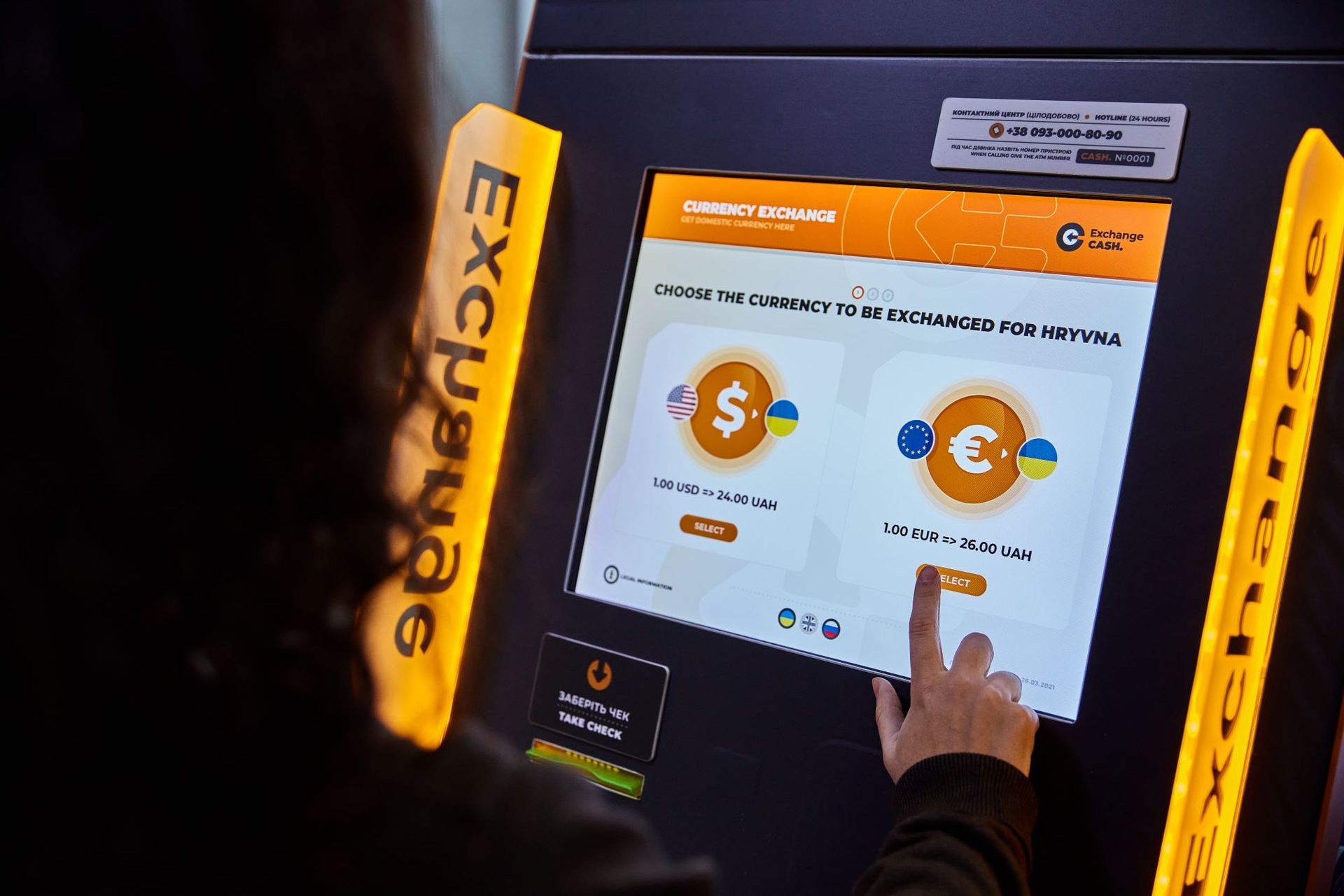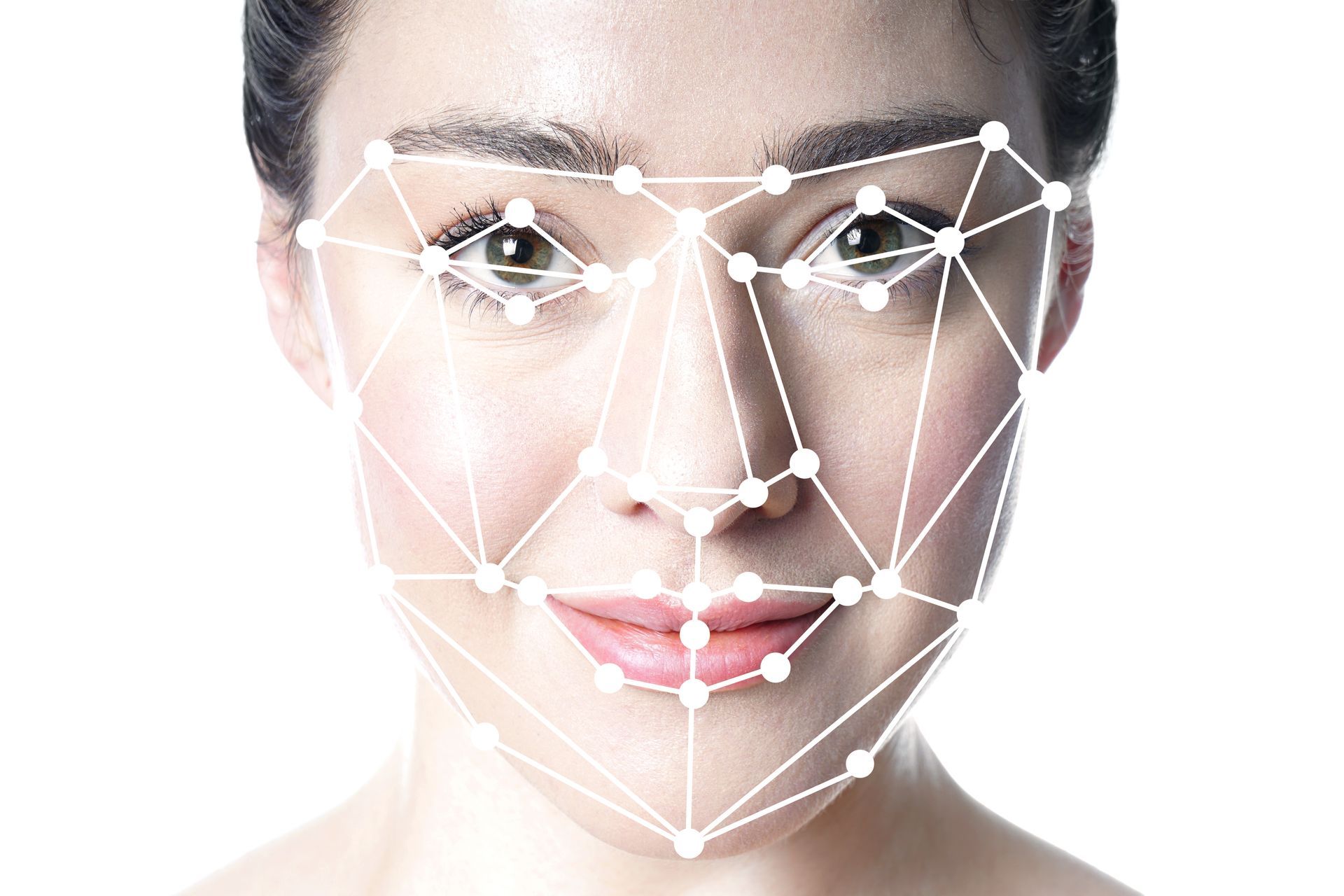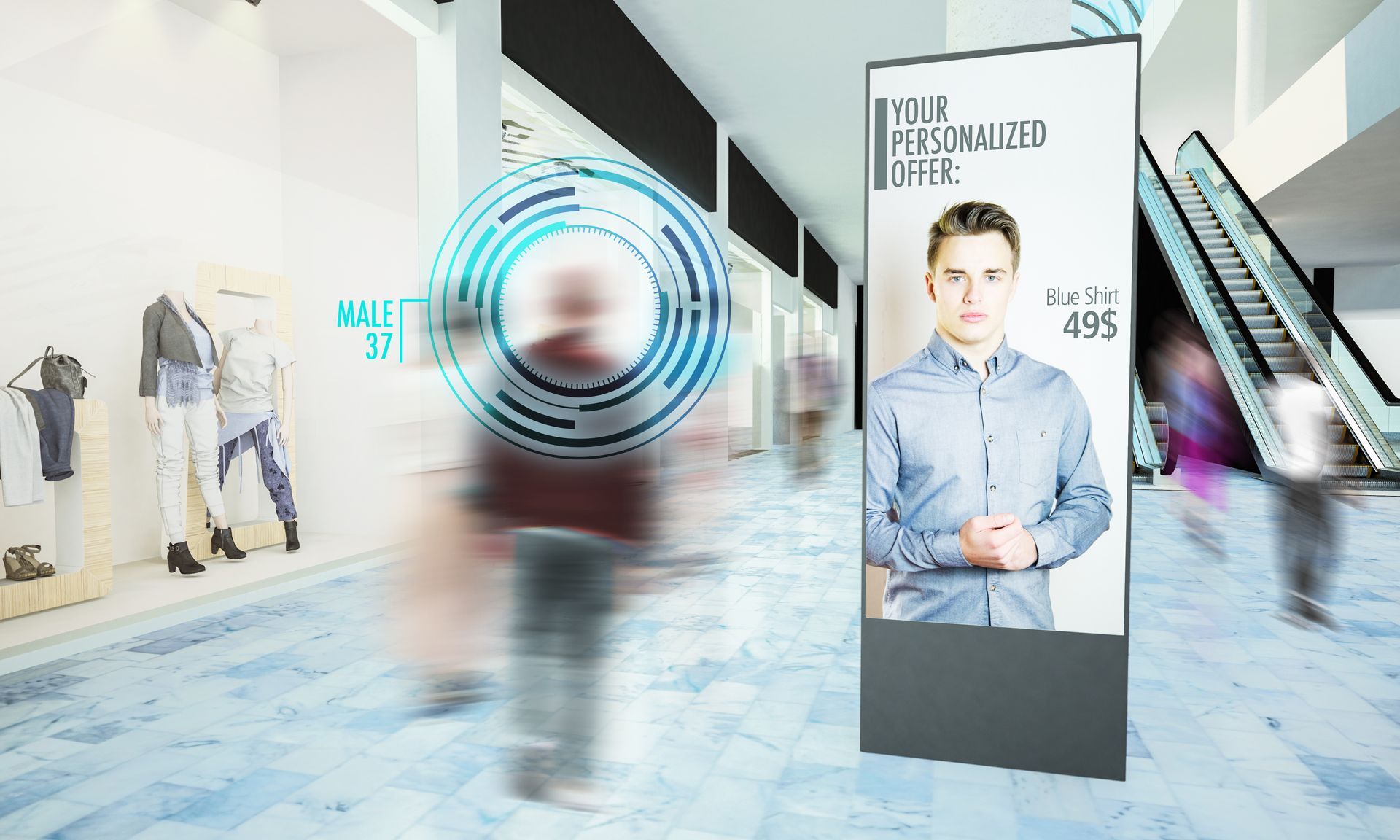Facial Technology: it's uses, benefits & debate | Innovative Technology
By Dr. Andrew O’Brien
ICU Product Manager
How we recognise someone we know is something we generally take for granted. We see their face and our brains assimilate the information in front of our eyes – their mouth, their nose, their eyes and how they all come together. Let’s call it our ‘recognition data’.
Facial recognition technology registers the data in much the same way to recognise a human face. While we have our brains – the most powerful, sophisticated ‘computers’ on the planet – facial recognition technology uses biometrics and algorithms to map facial features and compare them to those from a database of photographs or videos.
It compares the information in front of its ‘eyes’ until it finds a match. Smartphone users know facial recognition well. Once it recognises the owner’s biometrics, access to the phone is granted. It’s a simple principle that can be applied to multiple uses.
Facial recognition technology has been found to have accuracy levels as high as 99.88 per cent, according to Laser Focus World magazine, which provides in-depth global coverage of optoelectronic technologies, applications, and markets for engineers, researchers, scientists, and technical professionals.
The global facial recognition sector is expected to grow to $7.7bn (£5.7bn) in 2022 - up $4bn (£2.97bn) - according to digital security giants Norton, given the breadth of its commercial applications and as markets bounce back from the Covid-19 pandemic.
How facial recognition is used
As we’ve alluded to already, facial recognition has multiple uses. They include:
- Unlocking smartphones – Perhaps the most common and widely used application. The technology is a powerful way of protecting personal data and ensures sensitive data remains secure if a phone stolen. In fact, Apple claims the chance of a random face unlocking one of its smartphones is approximately one in 1 million.
- Airports and border control – Before the pandemic decimated foreign travel, facial recognition was, and still is now the world is opening again, a familiar sight at airports and border crossings. Holders of biometric passports can walk through an automated ePassport control enabling them to skip queues. It not only saves time but allows airports to improve security and has been used at large-scale events such as the Olympics.
- Banking – Biometric online banking is another benefit, replacing the need for one-time passcodes. There are no passwords for hackers to compromise and if hackers do steal your photo database, a technique called spoof detection – which determines whether the source face is a live human or a fake representation – should prevent them from using it to impersonate you. However, the initial deployment and strength of facial recognition will be as an additional authentication step – where the customers ident can be further verified, by where their face can be matched to either his/her pin code or image on other identity documents.
- Healthcare – Hospitals and health trusts are most commonly using facial recognition to access patient records and streamline patient registrations. As biometric technology becomes less expensive, adoption within the healthcare sector is expected to increase.
- Retail – Face pay technology could allow shoppers to skip long queues at checkouts, while facial recognition can help to reduce shoplifting by recognising people with a history of fraud entering the store. Automated age checks can also prevent the sale of age-restricted goods to protect children and improve efficiency and free up checkout attendants, as well as shield them from abuse from disgruntled customers. Combining age and gender enables targeted advertising to specific cohorts as well as gathering anonymous demographic data.
- Gaming - The technology works by scanning the faces of players signing into age-related games to check their age. If anyone is detected as underage during the age estimation process, they are treated as a minor. The technology can also be used to detect signs of addiction. Our ICU Intelligent Identification solution offers age verification and several facial recognition based biometric access control functions, while our ICU product manager, Dr Andrew O’Brien, shares his in-depth thoughts on combating underage gambling with automated age verification here.
- Law enforcement – Law enforcement agencies are possibly the most historic users of facial recognition technology, dating back to the 1970s. In fact, the history of facial recognition can be traced back to the 1960s when a mathematician and computer scientist called Woodrow Wilson Bledsoe first developed a system of measurements that could be used to put photos of faces in different classifications. Law enforcement agencies soon became interested in Bledsoe’s work and started to develop their own systems between the 1970s and the 1990s. Albeit crude by today’s standards, they paved the way for today’s facial recognition systems.
Effective but controversial
While facial recognition technology is undoubtedly effective, it sometimes makes headlines for the wrong reasons, namely civil rights and privacy.
The technology made headlines when the court of appeal ruled that South Wales Police breached privacy rights and broke equalities law in capturing thousands of faces in crowds to compare them to images of people on a watchlist, which included suspects, missing people and other persons of interest to the police.
The ruling prompted the government’s Surveillance Camera Commissioner (SCC), Tony Porter, to issue best practice guidance to all police forces in England and Wales. South Wales Police, meanwhile, said the appeal court’s ruling was one ‘it could work with’.
The most recent and high-profile publicity has surrounded Facebook’s decision to shut down its facial recognition system, deleting face scans of one billion users whose faces will no longer be recognised. Writing in a blog, Jerome Presenti, VP of Artificial Intelligence at Meta – Facebook’s newly named parent company – said: “We need to weigh the positive use cases for facial recognition against growing societal concerns, especially as regulators have yet to provide clear rules.”
However, he was still supportive of the technology in a wider context, adding: “Looking ahead, we still see facial recognition technology as a powerful tool, for example, for people needing to verify their identity, or to prevent fraud and impersonation. We believe facial recognition can help for products like these with privacy, transparency and control in place, so you decide if and how your face is used. We will continue working on these technologies and engaging outside experts.”
ICU Intelligent Identification
Our ICU biometric solutions use local processing to provide a fast response with world leading levels of accuracy and no recurring transaction fees. Additionally, customers can benefit from our ITL cloud hosting. In this case, we will host the customer databases in the cloud (manage security and maintenance) and allow customers to remotely link all devices together to control all activity from a single point.
Visit Our Products page for the full details and benefits of our facial analysis and facial recognition technology options:
- ICU Pro - which performs age verification & facial recognition and facial analysis functions at entry points such as electronic gates, barriers and restricted premises
- ICU Lite - which adds age verification and facial recognition and facial analysis functions to a machine such as a self-checkout, or a betting terminal.
Both use our proprietary algorithms, design, trained and fine-tuned by ourselves.
We do not use publicly available databases for training or tuning like many other systems, favouring our own extensive datasets especially chosen to reduce gender and ethnic bias. Our algorithms are not publicly available, which makes our system, and customer data more secure.
And both ICU Lite and ICU Pro include spoof detection, the importance of which is featured in our blog ‘Spoof: A barrier to the acceptance of facial recognition systems’
Check out our previous blog: Facial Recognition: Friend or Foe?
You can request a free trial of our products by completing our
contact us form.

